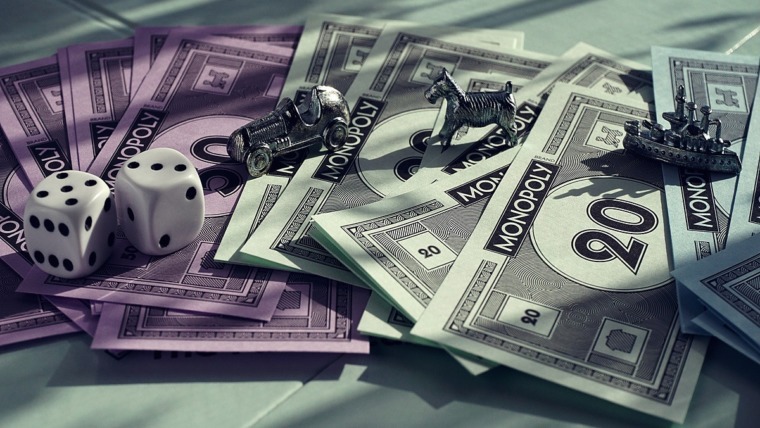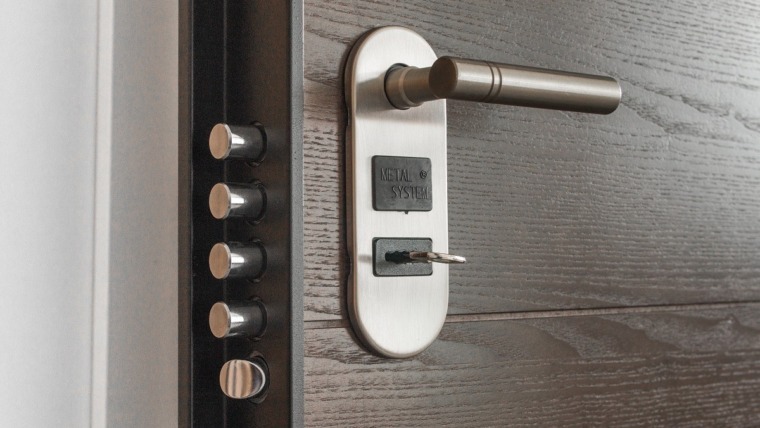
Written By Ross Marais
Dealing with Debt The Good, Bad & Ugly Unfortunately, too many families rely on their credit card and are living week to week which makes it nearly impossible to get out of debt and get ahead financially. If you find yourself with some or a lot of debt, it is essential that you understand what debt is and what type of debt you have. As it is necessary to be aware that not all debt is the same and there is, in fact, a type of debt that can be good.
So what Good Debt? (Yes, there is such a thing).
Good debt is that type of debt that is your friend and if you are going to have any debt at all this is the type you want. Good debt ticks all three of the requirements when it comes to debt how you should assess the types of debt you have. Two examples of good debt are an investment loan (mortgage) on an investment property (not to be confused with a mortgage/home loan on a property that you live in) and if you are actually using your university qualifications your HECS or student loan debt and also be a form of good debt.
Good debt is a debt or loan that is attached to an asset that increases in value. An Investment property falls into this category because historically speaking, property values (overtime) increase in value.
Good debt, earns you money or an income, again for an investment property that is rented out or tenanted, this asset earns in an income in the form of rental income/ rental return. Your HECS / student loan debt, while may not seem like it at the time, can potentially earn you a higher income then if you didn't have your qualification (again only if you are using your qualification in your current job).
And finally, good debt is tax deductible or tax friendly. The interest on your investment loan (mortgage) is tax deductible. Your HECS debt while it isn't tax deductible, it does not incur any interest, but it does increase in line with inflation each year.
Bad Debt
The type of debt that unfortunately for most Australians we need to have some of this in our lives to provide us with one of our essential needs which is shelter. The prime example of Bad debt is the mortgage or home loan you have on the house you live in, (your principal place of residence).
Bad debt only ticks one of the boxes when we compare it to Good debt, which is that it is attached to an asset that increases in value, much like an investment property, the value of your property, generally speaking, increases in value (overtime).
Unfortunately, why a home loan/mortgage is classified as Bad Debt is that is where the benefits stop. You don’t earn an income from the house you live in, and it costs you money to live in your own home (unless you are renting out a room or using AirBnB but that is not the case for most Australians).
And unlike Good debt, the interest you incur on your home loan/ mortgage isn't tax deductible.
So while you may not be able to avoid having some of this type of debt, you should aim to get rid of this debt ASAP or at least have as little of this debt as possible.
Ugly Debt
Now we get to the worst type of debt, which unfortunately too many Australian families have too much of and are what causes a lot of stress on the household budget. Ugly debt doesn't tick any off the boxes when we compare it with Good and Bad Debt. The prime examples of this type of debt are a personal credit card debt (which has been used to purchase consumer items), a car loan, a personal loan, after pay or zip pay debt.
Unlike Good debt and Bad debt, Ugly debt is attached to something that doesn't increase in value and in the case of a car loan is connected to something that decreases in value. So when you take out a loan to purchase a car, you are taking out a loan and paying interest on a loan which at some stage is going to be attached to an item that is going to be worth a lot less than what you originally paid for it.
Ugly debt also doesn't earn you any money or an income, much the same as a home loan/mortgage, it costs you money to keep it. And finally, the interest you incur on ugly debt is not tax friendly or tax deductible.
So if you are going to have debt, which for most Australians there is going to come a time when you will be in debt. Where it is possible and when you have no other choice but to have some debt, you would like to have Good Debt, have as little as possible Bad Debt and have zero Ugly debt (unless you have an excellent reason for it).
Getting out of debt
If you find yourself or your family with a lot of Bad and Ugly debt, it is an excellent idea that you start looking at ways of reducing this.
Put in place a plan to restructure/review your personal and investment debt so that it is set in the most tax and cost-effective manner. You may need to hire the services of a professional such a mortgage broker or financial adviser to help with this.
Put in place a plan to clear your outstanding ugly debt in the most time and cost-effective way.
Get out of Debt tips:
Make higher repayments
Consolidate your multiple debts into one lower cost debt (if possible)
If you have multiple debts (a mortgage, a personal loan and a few credit cards) Plan which debts you are going to tackle first. Either starting with the debt with the highest interest rate first and working your way down the debt or using the snowball strategy (see below) and attacking your smallest balance debt first and working your way up. Both methods have their pros and cons. It is working out what is going to work for you and your financial situation.
How to use the Snowball strategy to get out of debt:
If you have multiple debts, focusing on the lowest balance first you can get small wins and see some progress quickly:
Pay the minimum on all of your loans and debts, Always!
Pay whatever extra money you have onto the smallest balance until it is gone
Once that debt is cleared, use the repayments you were making on the loan you just removed and move onto your next lowest debt
Continue to capture your repayments, and as your clear, the first debt you have extra repayments to put onto your next debt and your repayment amounts will start to snowball as you continue to pay off your loans.
Extra tips: Questions to ask your home loan or debt providers
Mortgage / Home Loan, When checking your home loan/mortgage it is important to ask the following questions:
• Am I paying Principal & Interest or Interest only?
• What is my current interest rate?
• What is my current comparison rate?
• What is my minimum repayment amount?
• How much are my current repayments? (if you're paying above the minimum)
• What is the remaining term (years & months) on my loan?
Credit cards, When checking your credit card information, it is essential to ask the following questions:
• What is the purchase interest rate that I am buying on new purchases?
• What is my minimum repayment amount?
General advice warning
In preparing this article, the contributors have not taken into account any particular person's objectives, financial situation or needs. Before acting on this information, you should consider its relevance to your personal circumstances.



